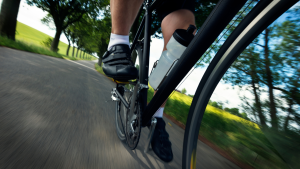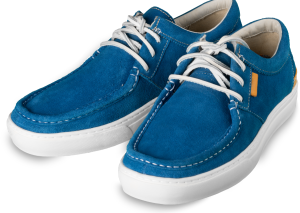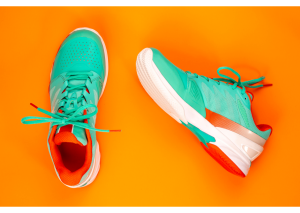How to make dance shoes less slippery
Do you love to dance, but find that your shoes are often too slippery for comfort? Do you struggle with finding the right pair of shoes, because they feel like they’re slipping off your feet during performances or classes? Worry no more – we’ve got the solution! In this blog post, we’ll give you some simple tips and tricks on how to make your dance shoes less slippery so that you can focus on what’s really important – enjoying every moment of dancing!
Assessing the Slipperiness
1. Understanding Different Dance Surfaces
Before we dive into the solutions, it’s important to understand the different dance surfaces and how they can affect your shoe’s slipperiness. These surfaces can vary from wood or vinyl floors in dance studios to concrete or tile floors in outdoor performances. Each surface has its own level of friction and slippage, so it’s crucial to take note of what type of floor your shoes will be dancing on.
2. Identifying Slippery Dance Shoe Materials
The next step is to identify the materials of your dance shoes. Some materials, such as leather and satin, can be more slippery compared to others like suede or canvas. Knowing the type of material will help determine the best method for reducing slipperiness.
3. Recognizing the Impact of Sole Condition
Lastly, the condition of your shoe’s sole can greatly affect its slipperiness. Over time, the soles can become worn and smooth, resulting in less grip on the floor. It’s important to regularly check and replace the soles if needed.
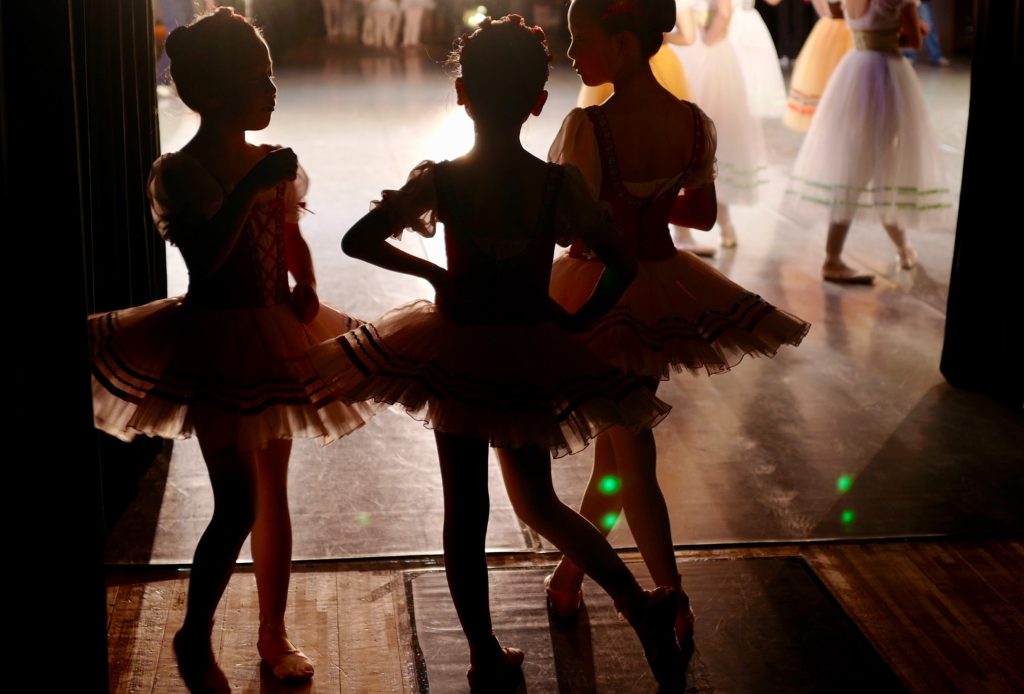
DIY Methods for Improving Traction
1. Sandpapering the Soles
For leather or satin dance shoes, sandpapering the soles is a common DIY method to reduce slipperiness. Simply use fine-grit sandpaper and gently rub it against the sole to create a rougher surface for better grip.
2. Adding Traction Pads or Grips
Another option is to purchase traction pads or grips specifically designed for dance shoes. These can easily be applied to the sole of your shoe and provide extra grip on slippery surfaces.
3. Using Hairspray or Soda
Believe it or not, hairspray and soda can also be used to decrease the slipperiness of your shoes. Simply spray hairspray on the soles or rub a small amount of soda onto them and let it dry before dancing.
Changing the Sole Material
1. Consulting with a Cobbler
If you have tried multiple DIY methods and still find your shoes to be too slippery, it may be time to consult with a professional cobbler. They can change the material of your sole or add a layer of rubber for better traction.
2. Applying a Suede Sole Cover
For satin or leather shoes, applying a suede sole cover can make a big difference in reducing slipperiness. These covers can easily be attached with adhesive and provide a suede-like surface for better grip.
3. Replacing Soles with Traction-Friendly Materials
Lastly, if you want to invest in a long-term solution, consider replacing your shoe’s sole with a more traction-friendly material. Suede or rubber soles are great options for dance shoes and can provide better grip on a variety of surfaces.
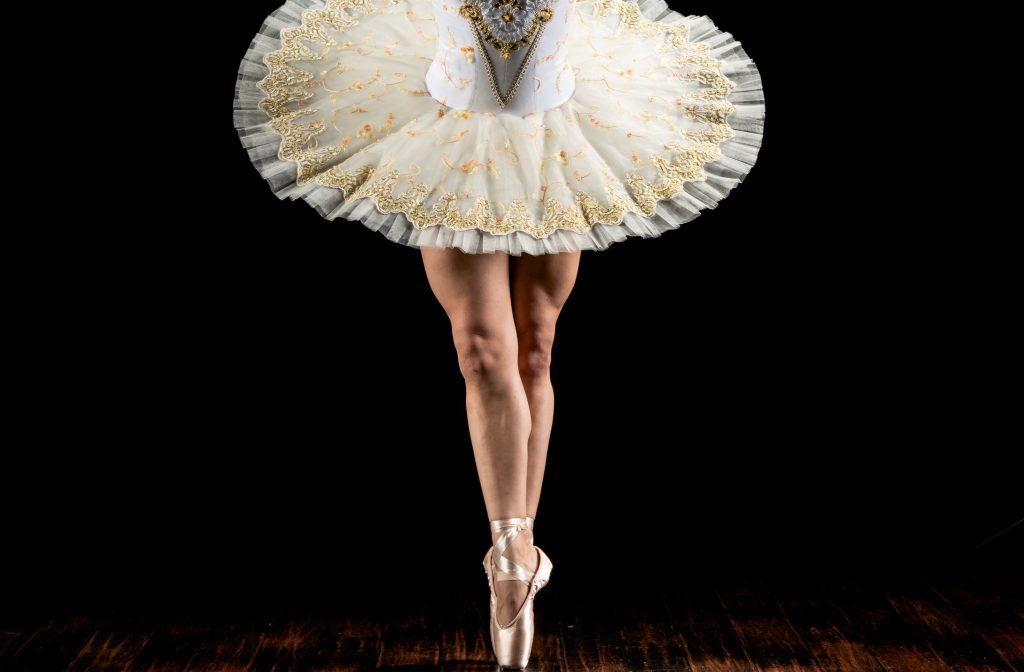
Shoe Brushing and Scuffing
1. Brushing Dance Shoes Regularly
One simple and easy way to maintain grip on dance shoes is to regularly brush them. This removes any dirt or debris that may have accumulated on the sole, helping to maintain a rough surface for better traction.
2. Creating Scuff Marks for Traction
For leather shoes, creating scuff marks on the sole can also help to reduce slipperiness. Use a wire brush or even rub them against a rough surface to create small scratches and scuffs for better grip.
3. Introducing Controlled Wear and Tear
Lastly, controlled wear and tear can also be beneficial in maintaining grip on dance shoes. Avoid wearing them outside or on rough surfaces to prevent excessive smoothness on the sole
Waxing Dance Shoe Soles
1. Applying Beeswax or Wax Products
Another method to reduce slipperiness is by applying beeswax or a wax product specifically designed for dance shoes. Apply a thin layer onto the sole and let it dry before dancing.
2. Buffing and Polishing the Soles
After applying wax, it’s important to buff and polish the soles to create a smooth but grippy surface. This can be done with a soft cloth or brush.
3. Testing on a Small Area First
Before applying wax to the entire sole, it’s recommended to test it on a small area first. This will ensure that the wax does not make the shoes too slippery or cause damage.
Choosing the Right Floor Products
1. Spraying Water on Wooden Floors
For wooden dance floors, a light spray of water can help to reduce slipperiness. This creates a bit of moisture on the surface, providing better grip for dance shoes.
2. Using Rosin Powder
Another option for wooden floors is using rosin powder. This can be sprinkled lightly on the floor and helps to create more friction for shoes.
3. Checking Studio Policies and Recommendations
It’s important to always check with the dance studio or performance venue for their recommended products for reducing slipperiness on their floors. They may have specific guidelines or restrictions in place.
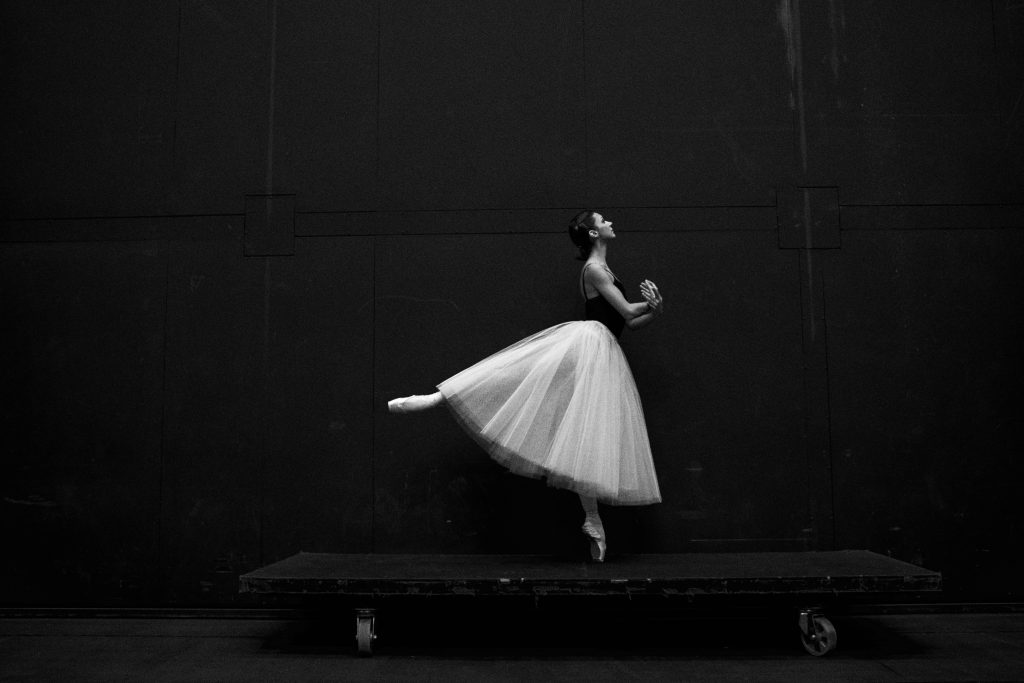
Using Grip-Enhancing Products
1. Non-Slip Spray or Creams
Non-slip sprays or creams are specifically designed for dance shoes and can provide an extra layer of grip on the sole. These products are easy to apply and can last throughout a performance or practice session.
2. Stick-On Traction Pads
Similar to the grip-enhancing products mentioned earlier, stick-on traction pads can also be applied to the sole of dance shoes for better grip.
3. Shoe Grips and Soles
Lastly, there are also shoe grips and soles available for purchase that can be easily attached to dance shoes. These provide extra traction and can be interchanged between different pairs of shoes.
Proper Cleaning and Maintenance
1. Removing Excess Residue
It’s important to regularly clean dance shoes to prevent any buildup of residue that can contribute to slipperiness. Use a soft cloth or brush and gentle soap to remove any dirt or debris.
2. Drying Shoes Properly
After cleaning, make sure to dry dance shoes properly before wearing them again. This prevents any moisture from causing slipperiness on the sole.
3. Storing Dance Shoes Properly
When not in use, dance shoes should be stored in a cool and dry place. This helps to prevent any damage or warping of the sole that can affect grip on slippery surfaces.
Trying Traction-Enhancing Accessories
1. Non-Slip Socks
For dancers who prefer to dance barefoot, non-slip socks are a great option for enhancing traction. These socks have rubber grips on the sole and can be worn with or without shoes.
2. Arch Support Inserts
Another accessory that can help with grip is arch support inserts. These not only provide extra comfort and support for the feet, but also have a non-slip surface on the bottom for better traction.
3. Toe Caps
Toe caps are another accessory that can be added to dance shoes for better grip. These cover the toes and have a rubber sole for extra traction on slippery surfaces.
Professional Consultation
1. Seeking Advice from Instructors or Fellow Dancers
Finally, it’s always a good idea to seek advice from instructors or fellow dancers who may have experience with slippery dance shoes. They can offer personal tips and recommendations that have worked for them.
2. Consulting Dance Shoe Brands
If you’re still struggling with slipperiness, consider reaching out to the brand of your dance shoes for their expertise. They may have specific tips or products that work well with their shoe designs.
3. Podiatrist Recommendations
In extreme cases, it may be beneficial to consult a podiatrist for their professional opinions and recommendations on how to improve grip on dance shoes. They can also provide insight into any potential foot issues that may contribute to slipperiness.
Conclusion
Maintaining grip on dance shoes is essential for optimal performance and safety. By following these tips and utilizing different methods, dancers can ensure that their shoes have a strong grip, allowing them to focus on the art of dance without worrying about slipping. Remember to regularly clean and maintain dance shoes, choose the right floor products, use grip-enhancing accessories, and consult with professionals for any persistent issues with slipperiness. Happy dancing! So next time you hit the dance floor, make sure your shoes are well-groomed and prepared for a perfect performance! Keep dancing with confidence and let your feet do the talking. Happy dancing!
Previous post: Are skateboarding shoes good for walking?
